Article by Cody Ray George
Some debates last as long as history itself. Knowledge can fall away, and what once was ingrained in the fabric of a great civilization could be unthreaded with ease. The death of its people, or more accurately, the hands of time turning simply over could occult the most obvious answers to a simple question: what is the mysterious animal ingrained on the Ishtar Gate?
The mushkhushshu is a Sumerian depiction of a hybrid animal containing several distinct qualities: a scaly body with talons of an eagle, feline-like forelimbs and a horned head, as well as a forked tongue. From its long neck and quadrupedal gait, there are many assumptions as to what the creature truly is. One of the more popular theories is of a dragon, though, taking a step back, we can ground ourselves in reality while still piecing together clues.
The term living fossil can describe several existing species we are familiar with: sharks, urchins, and even some variations of wasps. As long as the creature was first found as a fossil and later discovered to be alive, the term applies.
A proposed living fossil implies the creature in question has very little taxonomical and genetic differences from the animals they’ve evolved from and, though they are occulted in the wilderness and still yet to be discovered, one can assume that there is no reason for them not to exist. Examples are ground sloths, giant lemurs, and cave lions. Another proposed living fossil is the Sivathere, a prehistoric species of giraffid that lived in Africa and the Indian Subcontinent. Though the consensus is that it has gone extinct somewhere within the last eight-thousand years, there are many scholars who believe that Sivathere lasted for much longer than that — or even still persist to this day.
Sivatherium means “Shiva’s Beast”, and remains of its largest variation, Sivatherium giganteum, have been recovered from the Himalayan foothills and dated to be around one-million years old. Claims that the creature may still exist today are evidenced only by rock and cave paintings found in the Sahara and Central West India, though the claims are not substantiated as the paintings have simply been identified as other, similar animals — which is very similar to the debate that rages on about the Set Animal, or mushkhushshu.
The Sivatherium of Kish is a theory that questions whether ancient Mesopotamians possibly tamed Silvathere due to an excavated copper rein ring of elaborate make designed to fit on the tongue of a chariot. A model of a unique beast carved onto the ring stood out to archaeologists as, before then, they had uncovered several other rein rings that were clearly meant for horses. The ring discovered at Kish showed an antlered ruminant, a creature oddly similar to the ancient Silvathere.
Reconstructions of Silvathere remains are incredibly close to the rein ring model, down to the telltale double-antlers and two smaller antlers above its eyes.
To make things more interesting, this item was dated to be from 3500 BC. Since Silvathere are supposed to be massive and powerful beasts, taming the ancient giraffids as beasts of burden would make sense. If this is true, then the history of Silvatherium as we know it is much more complicated and interesting than previously thought. Silvatherium could have co-existed alongside ancient Sumerians. Kish is located along the Fertile Crescent of Mesopotamia and would’ve been an ideal location for the ancient giraffids to roam. Recent studies also teaches us that ancient Mesopotamia was much more verdant in climate than it is now.
Somewhere between an okapi and a moose, Sivathere may also be related to the elusive Cameroonian cryptid Ngoubou and the Canadian tygomelia, both of which are supposed to fall under the same genus sivatherium. Whether the antlered beast worked alongside ancient humans to pull chariots remains a mystery, but the longstanding debate of what exactly the Ishtar Gate animal is may finally come to a long-deserved conclusion.
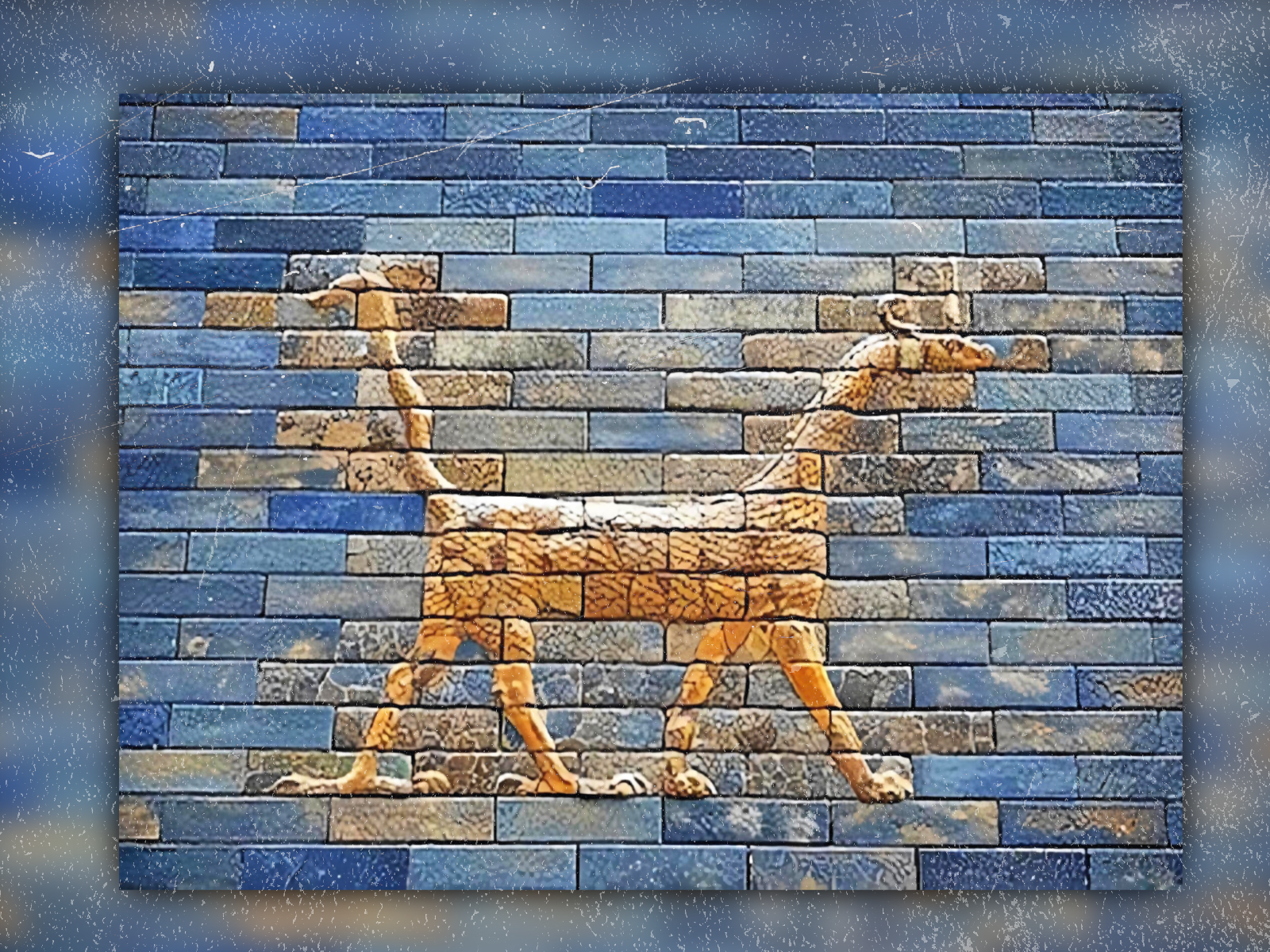
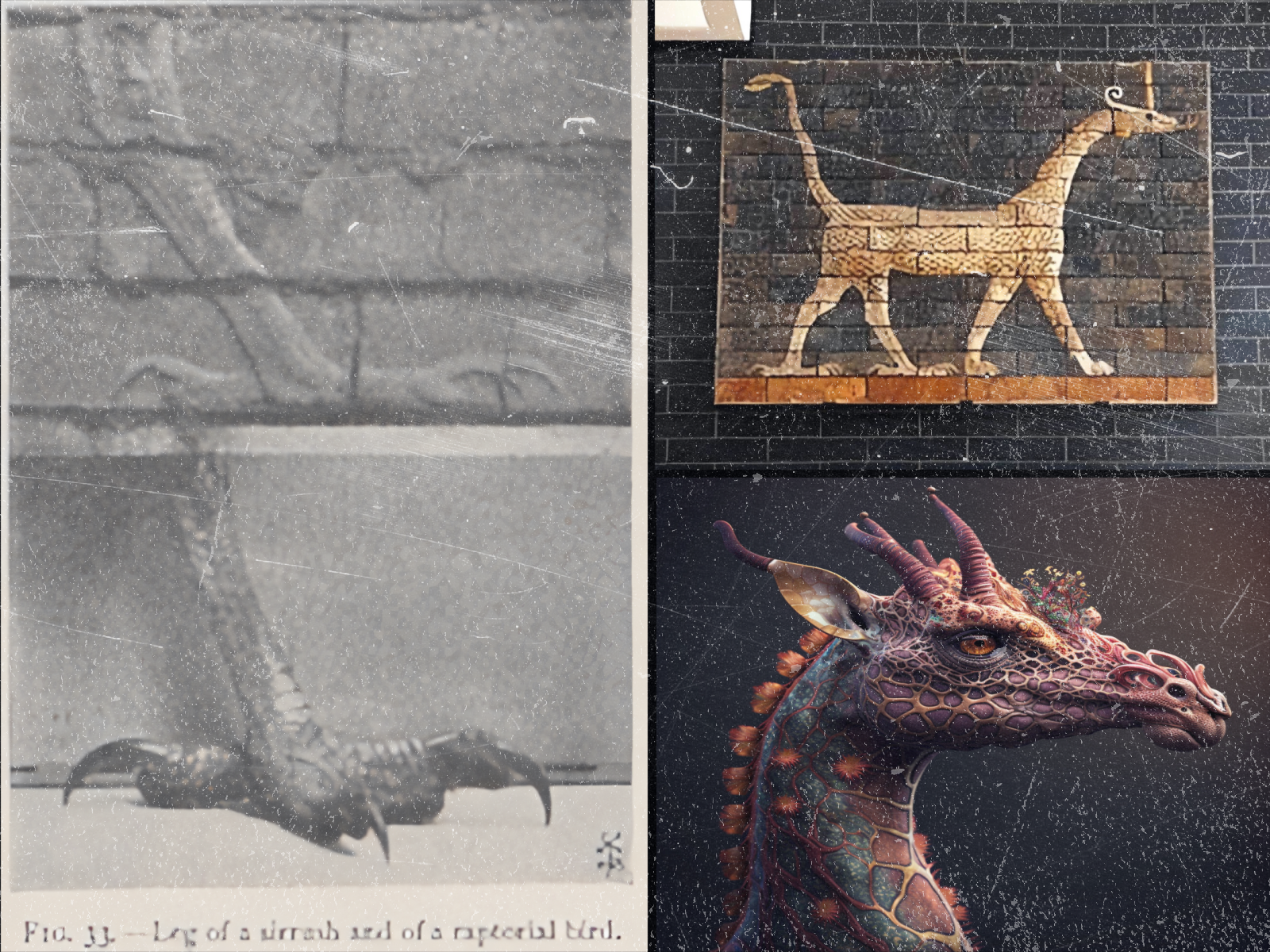
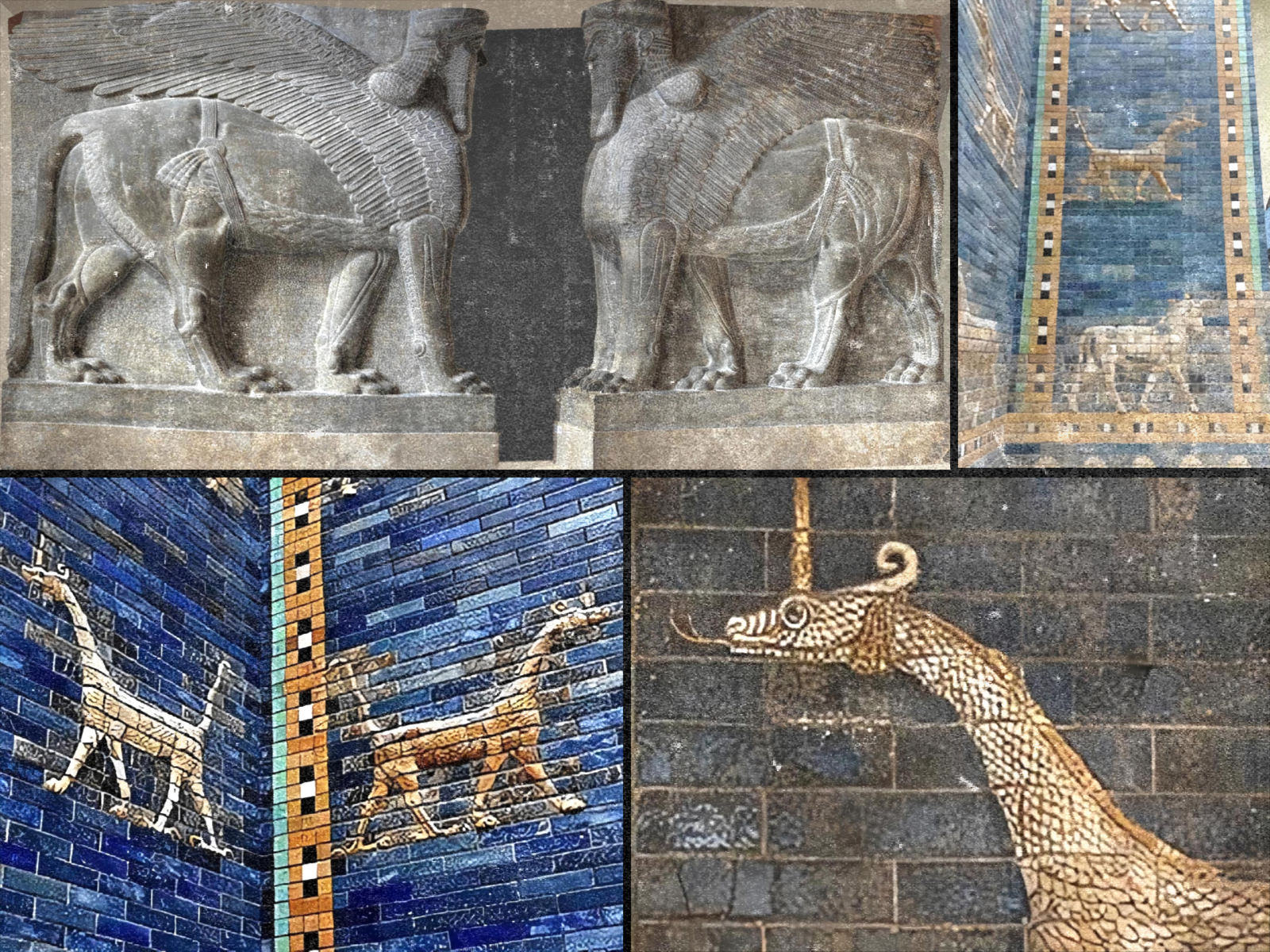
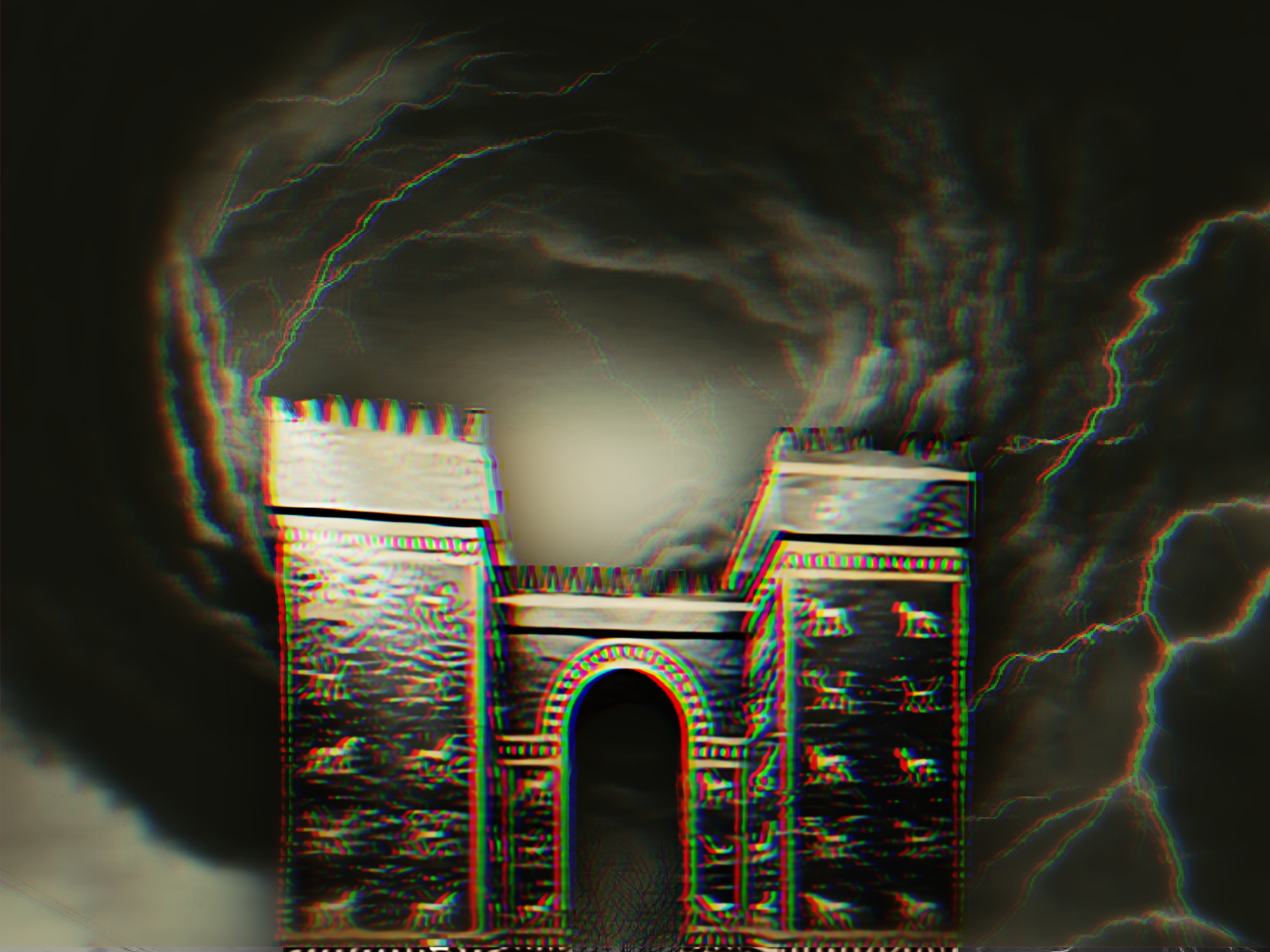



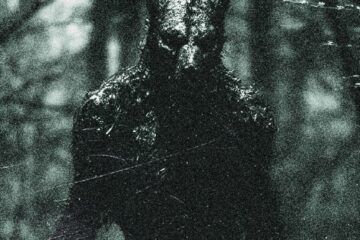
0 Comments